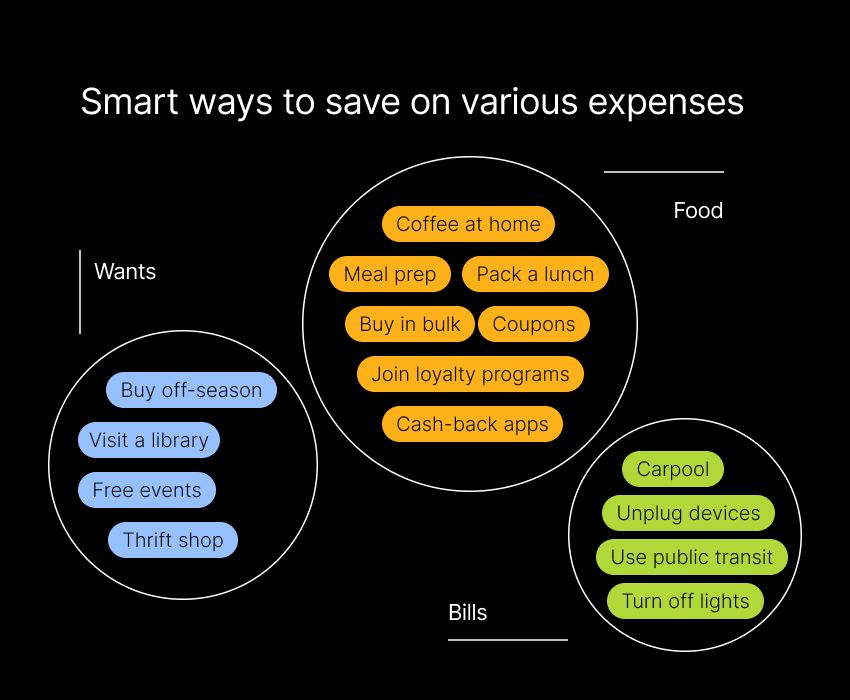Shop design costs vary dramatically based on scope, size, location, complexity, materials, and expertise required. Expect a wide range, typically falling between $5,000 to over $200,000+ for retail fit-outs.
Factors Influencing Cost
- Project Scope: Full build-out vs. minor refresh? New construction, major renovation, or cosmetic update? Complexity drives cost.
- Shop Size & Footprint: Larger spaces require more materials, labor, and design work. Square footage is a primary cost driver.
- Location & Labor: Urban centers and high-cost regions have significantly higher labor rates and permitting fees.
- Material Selection: Premium finishes (custom millwork, natural stone, specialty lighting) drastically increase cost compared to standard fixtures and durable laminates.
- Professionals Involved: Architect vs. interior designer vs. boutique design firm vs. DIY planning? Expertise level impacts fee structure (hourly, flat fee, percentage of build).
- Fixtures & Furnishings: Quality, customization level, and quantity of shelving, displays, counters, and seating add substantial expense.
- Technology & Infrastructure: Integrated POS systems, advanced lighting controls, security systems, sound systems.
- Permitting & Compliance: Building permits, inspections, and adherence to accessibility codes (ADA/Equality Act) involve fees and design constraints.
Smart Ways to Save Money on Shop Design
1. Define Your Budget & Stick to It:
- Establish a realistic budget upfront, including a contingency (10-20%).
- Communicate this budget clearly to all designers and contractors.
2. Master the Scope & Prioritize:

- Focus spending on high-impact areas customers interact with directly (entrance, key displays, checkout).
- Differentiate between essential needs ("must-haves") and desirable wants ("nice-to-haves"). Defer non-essentials.
- Consider a phased approach – tackle critical areas first, upgrade others later.
3. Maximize Existing Elements:
- Can current flooring, walls, ceiling structure, or core plumbing/electrical be reused? Refinishing or repainting is cheaper than replacement.
- Salvage and refurbish existing quality fixtures where possible.
- Choose durable, mid-range materials that look premium (e.g., luxury vinyl tile instead of hardwood, laminate countertops resembling stone).
- Explore stock fixtures vs. custom – many suppliers offer versatile, modular systems that look bespoke.
- Source materials directly (wholesale tile stores, discount lighting suppliers) when feasible.
- Utilize cost-effective impactful materials (e.g., strategic use of paint, removable wall graphics, impactful lighting).
5. DIY Where Appropriate:
- Manage the project coordination yourself if you have the time and organizational skills.
- Consider DIY for simpler tasks like painting, installing pre-assembled furniture, or basic merchandising.
- Source and purchase FF&E (furniture, fixtures, & equipment) directly based on designer specifications.
6. Leverage Professional Expertise Wisely:
- For smaller projects, hire an experienced interior designer for a fixed-fee consultation to create a detailed plan you or a contractor can execute.
- Ensure potential designers understand and respect budget constraints.
- A good designer can actually save you money through smart space planning, vendor discounts, and avoiding costly mistakes.
7. Value Engineering:
- Collaborate with designers and contractors to identify equivalent, lower-cost alternatives for specified materials or construction methods without compromising critical aesthetics or function.
- Ask "Is there a simpler, equally effective way to achieve this look or function?"
Remember that investing in good design drives sales. Focus savings where it has the least impact on the customer experience and prioritize investments that enhance brand perception and functionality.






